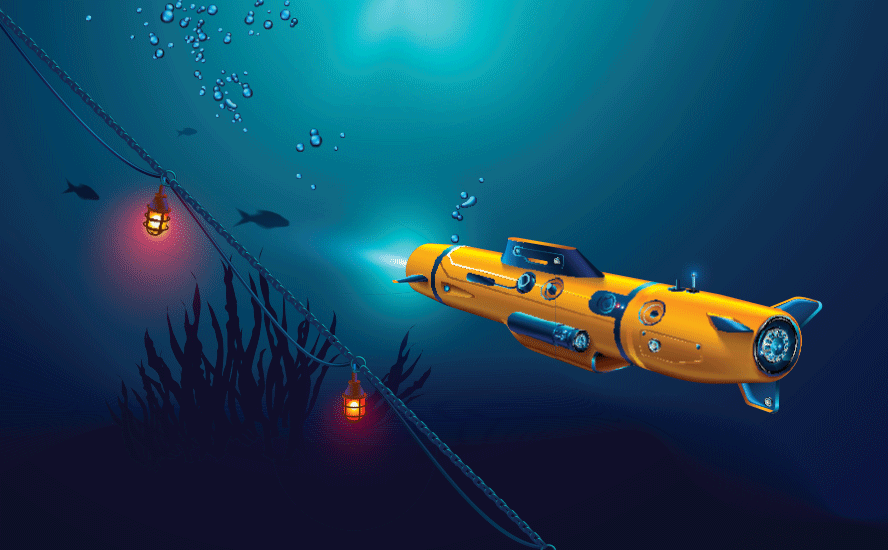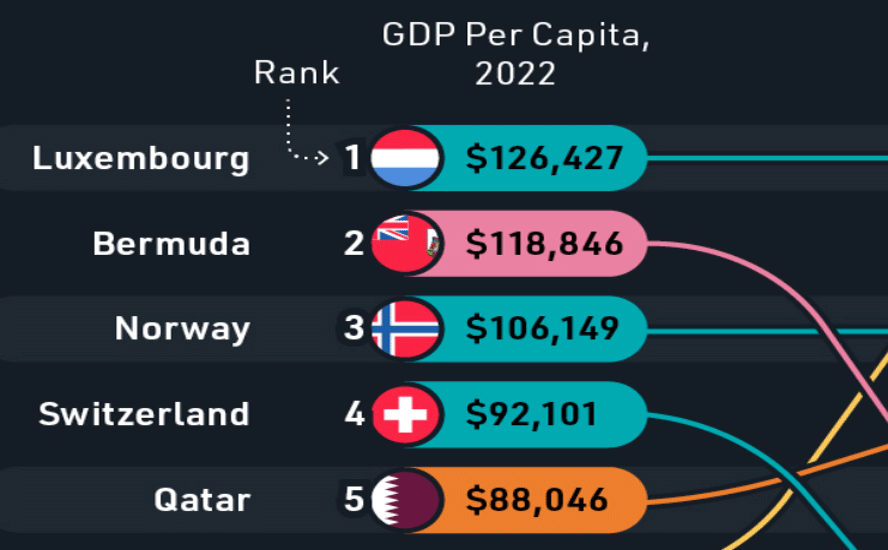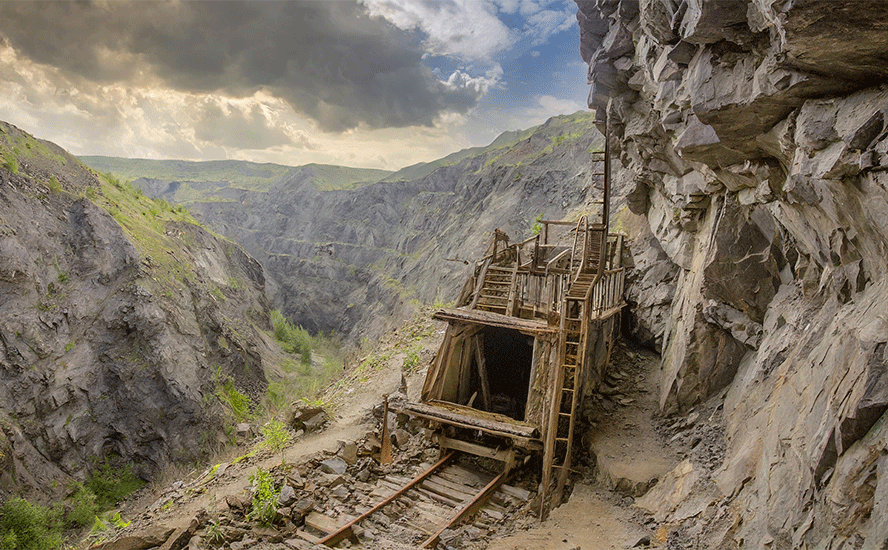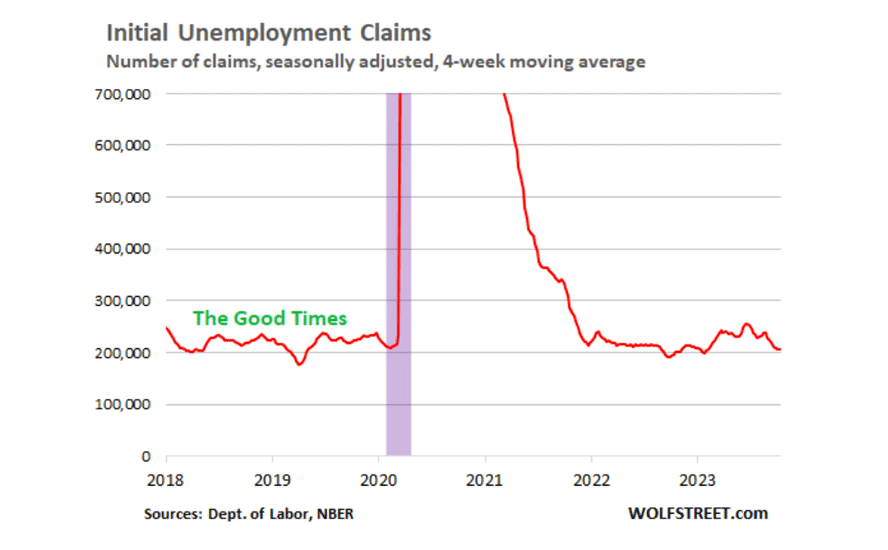Project development stages and risk versus reward – Richard Mills
2022.12.30
When looking for an investment, the approach I take involves looking at the global, big picture conditions. I study trends, read the news, basically watch and listen to what’s going on in the world. Then I study the different sectors to select the one (or ones) that I think is going to match up well with the overriding, long-term theme. This is top-down investing.
The second part of my search for the dominant investment is a bottom-up approach. This is where I find individual companies, in the specific sector I have chosen to invest in.
If you’ve done your homework, all the necessary ingredients for a potentially successful investment – the right place/time, the right sector, an excellent project in a safe jurisdiction, and a high-quality management team – should be in place.
Remember, everything about a company flows from management – the ability to find a project or have joint ventures (JV) offered to the company; developing the project in a timely and efficient manner; financings done at a higher and higher share price; control over the share structure; and management interests aligned with shareholder interests.
Three company stages – risk vs reward
Only you can decide the level of risk you can tolerate and how much patience you have to sit while developments, “the story” plays out. It could be six months or four years; successful resource investors usually play the long game.
The most upside comes from a junior in the exploration stage when they make an initial discovery. Great drill assay results can send a junior’s share price skyrocketing. The reverse can also be true. Junior explorers working “greenfield” properties (no mining has ever taken place) are the riskiest plays by far. Strike out on assay results and it could be goodbye to a share price rise for an exceptionally long time – until the company finds another project. If you’re buying into a pure exploration play, make sure the company has another fallback project in its portfolio.
Next is the post-discovery resource definition stage. These companies have already found something, the share price has settled back after the initial discovery, and the junior is drilling and likely doing other exploration work, like sampling and surveying, to try and prove up a maiden resource.
Never chase a company whose share price has already exploded. Usually, the share price has had its run, the money’s been made. I try and enter after the excitement has died down and the share price has settled back. The company is working the property to see how far the mineralization extends, and hopefully they can produce an NI 43-101 compliant resource estimate and build upon it.
The third company stage is the asset/ development stage. Here the advanced-stage junior has already managed to put together a resource, which could be measured and indicated (more certainty, less risk) or inferred (less certainty, more risk). They believe the deposit, the asset, is large and rich enough to start down a development path. An asset/development stage company is, in the opinion of management, and likely stockholders who are following the story, likely to become a mine.
Later-stage companies (those doing feasibility, permitting and money raising) can offer an excellent entry point for investors. Often there is a quiet period when they are doing advanced studies and raising money to go into production. They may “base” (share price flattens) for quite awhile through this period – possibly a good time to accumulate shares if you believe in the story. After the funds are raised for production, investors can see they are going mining – the all-important cash flow is just over the horizon – and the share price will often break out of its trading range.
For these near-term producers, ie., those further down the development path towards a mine, the next steps include:
- Preliminary Economic Assessment (PEA) or scoping studies are done to examine potential mining scenarios and economic parameters. A PEA is an important milestone for any project, it’s the first step in a company’s economic and technical examination of a proposed mine.
- Preliminary feasibility studies (“prefeas”) are more detailed than PEAs and are used to determine whether, or not, to proceed with a detailed feasibility study. They are also used as a reality check to determine areas of the project that require more attention.
- Feasibility studies determine definitively whether, or not, to proceed with the project. A feasibility study or bankable feasibility (BFS) provides budget figures for the project and will be the basis for raising capital to build the mine.
Remember all these studies are only yes/no decisions on whether to move to the next stage. None means the company is going mining; there is no mine until every stage is completed, permits are approved, and the necessary financing has been arranged.
When assembling a portfolio of junior resource stocks, it’s always a good idea to have a few stocks in each of the three company stages. A pure exploration play may sometimes feel like chasing a rainbow but the possibility of making 5, 10, even 20 times your money by purchasing a penny stock that goes ballistic on a discovery hole is reason enough to risk part of your investment capital.
I always aim to have a few post-discovery resource definition stage juniors in my portfolio, too. The risk has been greatly reduced, the wait time for a discovery non-existent, and the reward can be very nice, considering the much lower amount of risk, compared to an exploration-stage junior.
Finally, the least risky, asset/development companies should also be among every resource investor’s range of stocks. These companies are far along the development path, so a lot of the guesswork about grade, size, costs, and metallurgy has been taken out of the equation for us. They have done sufficient work to give investors a certain level of confidence that their project will successfully move towards being a mine.
Please note: We’ve divided junior resource companies into three stages here, but in reality, every junior, especially those most successful, moves through each of these periods en route to developing a mine, or getting bought out. The trick is being able to identify which stage a company is in, and then tailor your investment strategy accordingly.
Conclusion
I spend most of my due diligence time and effort on:
- A top-down theme – discover the dominant overall global theme(s)
- Bottom-up searches – find the companies involved at the stage your comfortable investing in
- Management due diligence
Think of an investment in a junior mining play as a journey, from high-risk speculation to low-risk investment. The milestones in getting to the destination are a series of de-risking events made possible by exploration, which most often includes taking soil or rock chip samples, conducting geochemical or geophysical surveys, and diamond drilling, the ultimate “truth machine” that either confirms or denies geological theories.
These milestones start with an initial discovery, with more drilling leading to a maiden (first) resource estimate and are followed by a series of economic/ technical studies, including a PEA, prefeasibility study, and feasibility study.
The point here is not that juniors are risky investments. It’s that a great deal of the risk can be taken out of them, through exploration and the completion of assessment/ study milestones that serve to prove the geological model and the extraction plan for getting the resource to market.
Early-stage “greenfield” exploration plays that succeed in finding a discovery have a good chance of finding more on the property that moves them into the post-discovery resource definition stage. Once a company outlines a resource, the next phase is developing the asset further. Completing the various technical studies required, serves to de-risk the project, and moves it further along the path to becoming a mine.
The big money is made by investing in a junior at an exceedingly early stage, usually when the stock in trading for mere pennies, and holding onto it until the pay day.
For example, roughly 5 years ago I first learned about Cypress Development Corp (TSX.V:CYP). I started buying shares at $0.11. The story, played out as I hoped, drilling the lithium discovery to a resource, metallurgical studies, and about a year later, a PEA, then an extremely attractive prefeasibility study. Only then did the market really begin paying attention; last year Cypress had a phenomenal year. From $0.20/sh, CYP had a 10-timer, reaching a high of $2.21 on Jan. 12, 2021.
I did even better. Though I sold my shares before they reached their peak, my gain, from buy-in to sell price, was over 17X.
Some investors make the mistake of holding on too long — either through greed, or fear of missing out. There is nothing wrong with taking a profit, and it doesn’t mean you’re giving up on the stock.
Richard (Rick) Mills
aheadoftheherd.com
subscribe to my free newsletter
Legal Notice / Disclaimer
Ahead of the Herd newsletter, aheadoftheherd.com, hereafter known as AOTH.
Please read the entire Disclaimer carefully before you use this website or read the newsletter. If you do not agree to all the AOTH/Richard Mills Disclaimer, do not access/read this website/newsletter/article, or any of its pages. By reading/using this AOTH/Richard Mills website/newsletter/article, and whether or not you actually read this Disclaimer, you are deemed to have accepted it.
Any AOTH/Richard Mills document is not, and should not be, construed as an offer to sell or the solicitation of an offer to purchase or subscribe for any investment.
AOTH/Richard Mills has based this document on information obtained from sources he believes to be reliable but which has not been independently verified. AOTH/Richard Mills makes no guarantee, representation or warranty and accepts no responsibility or liability as to its accuracy or completeness. Expressions of opinion are those of AOTH/Richard Mills only and are subject to change without notice. AOTH/Richard Mills assumes no warranty, liability or guarantee for the current relevance, correctness or completeness of any information provided within this Report and will not be held liable for the consequence of reliance upon any opinion or statement contained herein or any omission. Furthermore, AOTH/Richard Mills assumes no liability for any direct or indirect loss or damage or, in particular, for lost profit, which you may incur as a result of the use and existence of the information provided within this AOTH/Richard Mills Report.
AOTH/Richard Mills is not a registered broker/financial advisor and does not hold any licenses. These are solely personal thoughts and opinions about finance and/or investments – no information posted on this site is to be considered investment advice or a recommendation to do anything involving finance or money aside from performing your own due diligence and consulting with your personal registered broker/financial advisor. You agree that by reading AOTH/Richard Mills articles, you are acting at your OWN RISK. In no event should AOTH/Richard Mills liable for any direct or indirect trading losses caused by any information contained in AOTH/Richard Mills articles. Information in AOTH/Richard Mills articles is not an offer to sell or a solicitation of an offer to buy any security. AOTH/Richard Mills is not suggesting the transacting of any financial instruments but does suggest consulting your own registered broker/financial advisor with regards to any such transactions.
Legal Notice / Disclaimer
Ahead of the Herd newsletter, aheadoftheherd.com, hereafter known as AOTH.Please read the entire Disclaimer carefully before you use this website or read the newsletter. If you do not agree to all the AOTH/Richard Mills Disclaimer, do not access/read this website/newsletter/article, or any of its pages. By reading/using this AOTH/Richard Mills website/newsletter/article, and whether you actually read this Disclaimer, you are deemed to have accepted it.



























